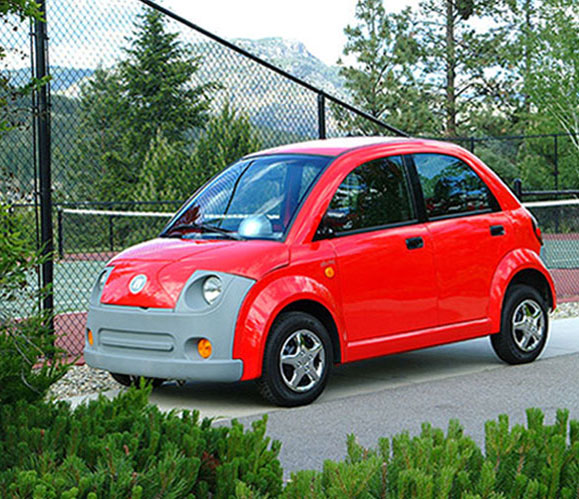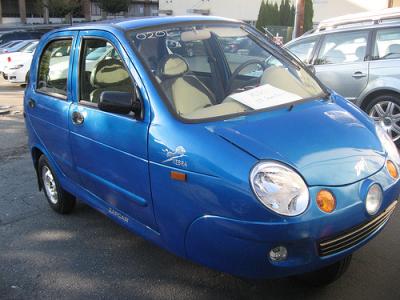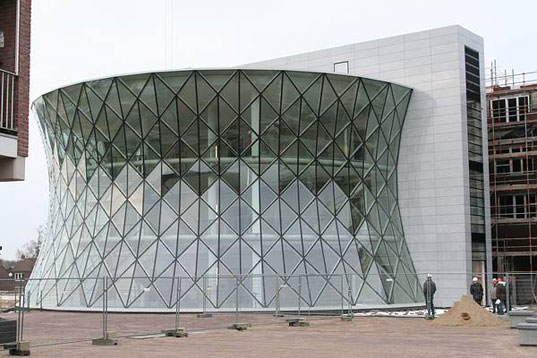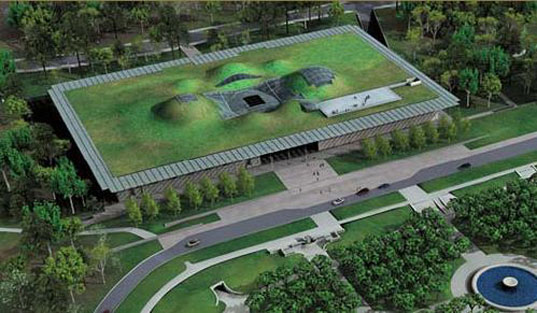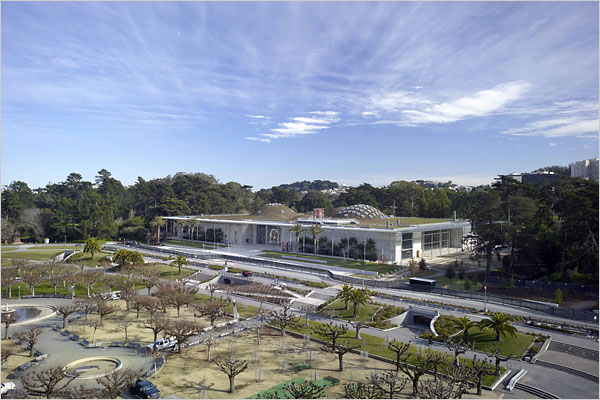Is Ed Begley, Jr. Silly? The answer is not so easy to discern.
http://www.youtube.com/watch?v=mkFr9XWaKuU
http://www.youtube.com/watch?v=28_3Rzw-VCA
http://www.youtube.com/watch?v=UPECtUoeqP8
September 17, 2007 5:01 AM PDT
Human energy harvesting–
a very silly idea
Posted by Peter Glaskowsky
http://news.cnet.com/8301-10784_3-9779334-7.html
Power to the people” was a popular rallying cry among anti-establishment activists in the 1960s.
“Power from the people” appears to be the latter-day equivalent.
The theory behind the slogan is that humans move around a lot, and the only result of all this motion is that the humans end up in a different place.
According to some, this isn’t good enough.
The MIT News reports that two MIT graduate students in architecture have proposed to extract energy from the motion of humans through public spaces such as train stations:
A responsive sub-flooring system made up of blocks that depress slightly under the force of human steps would be installed beneath the station’s main lobby. The slippage of the blocks against one another as people walked would generate power through the principle of the dynamo, a device that converts the energy of motion into that of an electric current.
But if there’s enough motion to provide harvestable energy, there’s enough motion for the humans to notice. Ever walked along a pedestrian suspension bridge that bounced under your feet? It takes more energy to walk on such a surface than it does on a rigid surface.
Where does that energy come from? From you, of course. It’s like carrying a parasite that takes a little bit of your energy. In fact, this approach is also called parasitic power generation. By keeping the parasite fed, you get a little more tired and you eat a little more food. In effect, you become a highly inefficient motor that runs on food.
Food calories are inefficient to produce. A wheat field is a giant biochemical solar panel that turns a small part of the sun’s energy into chemical compounds that you can eat.
And then those compounds have to be kept cool and transported large distances, then cooked and eaten. By comparison, traditional electric power generation is hugely more efficient.
So when you see celebrity Ed Begley Jr. using a stationary bicycle to turn a generator to power his toaster, remember that this is a crime against the environment–not environmentalism.
The same goes for parasitic energy generation–it creates exceptionally expensive energy. Nevertheless, there are places where this approach is entirely appropriate.
http://en.wikipedia.org/wiki/Energy_harvesting
Piezoelectric energy harvesting
The piezoelectric effect converts mechanical strain into electrical current or voltage. This strain can come from many different sources. Human motion, low-frequency seismic vibrations, and acoustic noise are everyday examples. Except in rare instances the piezoelectric effect operates in AC requiring time-varying inputs at mechanical resonance to be efficient.
Most piezoelectric electricity sources produce power on the order of milliwatts, too small for system application, but enough for hand-held devices such as some commercially-available self-winding wristwatches. One proposal is that they are used for micro-scale devices, such as in a device harvesting micro-hydraulic energy. In this device, the flow of pressurized hydraulic fluid drives a reciprocating piston supported by three piezoelectric elements which convert the pressure fluctuations into an alternating current.
Piezoelectric systems can convert motion from the human body into electrical power. DARPA has funded efforts to harness energy from leg and arm motion, shoe impacts, and blood pressure for low level power to implantable or wearable sensors. Careful design is needed to minimise user discomfort. These energy harvesting sources by association have an impact on the body. An international Workshop is organized by Virginia Tech on Piezoelectric Energy Harvesting [2] every year which reviews the past developments and current state of the technology .
The use of piezoelectric materials to harvest power has already become popular. Piezoelectric materials have the ability to transform mechanical strain energy into electrical charge. Piezo elements are being embedded in walkways [3] [4] to recover the “people energy” of footsteps. They can also be embedded in shoes [5] to recover “walking energy”.
Pyroelectric energy harvesting
The pyroelectric effect converts a temperature change into electrical current or voltage. It is analogous to the piezoelectric effect, which is another type of ferroelectric behavior. Like piezoelectricity, pyroelectricity requires time-varying inputs and suffers from small power outputs in energy harvesting applications. One key advantage of pyroelectrics over thermoelectrics is that many pyroelectric materials are stable up to 1200 C or more, enabling energy harvesting from high temperature sources and thus increasing thermodynamic efficiency. There is a pyroelectric scavenging device that was recently introduced, however, that doesn’t require time-varying inputs. The energy-harvesting device uses the edge-depolarizing electric field of a heated pyroelectric to convert heat energy into mechanical energy instead of drawing electric current off two plates attached to the crystal-faces. Moreover, stages of the novel pyroelectric heat engine can be cascaded in order to improve the Carnot efficiency.
http://humanbatteries.com/
(:=}) The Human Batterry site is a movie site using a flash player technique. It argues that many houses use 3,000 watts a day that can be offset by energy harvest. There is also a game where you can generate electricity from typing on the key board of your computer. (:=})
http://www2.computer.org/portal/web/csdl/doi/10.1109/MPRV.2005.8
This month’s Works in Progress column has four contributions. The first examines how harvesting environmental energy in sensor networks changes the way an application developer views energy management, and discusses prototype devices. The second proposes devices that combine energy harvesting and data acquisition. The third explores novel approaches for optimizing the power extracted using piezoelectric materials. The final one explores kinetic and thermal energy harvesting from human users’ activities.
http://portal.acm.org/citation.cfm?id=857199.858024
As the power requirements for microelectronics continue decreasing, environmental energy sources can begin to replace batteries in certain wearable subsystems. In this spirit, this paper examines three different devices that can be built into a shoe, (where excess energy is readily harvested) and used for generating electrical power “parasitically” while walking. Two of these are piezoelectric in nature: a unimorph strip made from piezoceramic composite material and a stave made from a multilayer laminate of PVDF foil. The third is a shoe-mounted rotary magnetic generator. Test results are given for these systems, their relative merits and compromises are discussed, and suggestions are proposed for improvements and potential applications in wearable systems. As a self-powered application example, a system had been built around the piezoelectric shoes that periodically broadcasts a digital RFID as the bearer wal
http://www.citeulike.org/user/ingedwar/article/2940413
Over the past few decades, the use of portable and wearable electronics has grown steadily. These devices are becoming increasingly more powerful, however, the gains that have been made in the device performance has resulted in the need for significantly higher power to operate the electronics. This issue has been further complicated due to the stagnate growth of battery technology over the past decade. In order to increase the life of these electronics, researchers have begun investigating methods of generating energy from ambient sources such that the life of the electronics can be prolonged. Recent developments in the field have led to the design of a number of mechanisms that can be used to generate electrical energy, from a variety of sources including thermal, solar, strain, inertia, etc. Many of these energy sources are available for use with humans, but their use must be carefully considered such that parasitic effects that could disrupt the user’s gait or endurance are avoided. This study develops a novel energy harvesting backpack that can generate electrical energy from the differential forces between the wearer and the pack. The goal of this system is to make the energy harvesting device transparent to the wearer such that his or her endurance and dexterity is not compromised. This will be accomplished by replacing the strap buckle with a mechanically amplified piezoelectric stack actuator. Piezoelectric stack actuators have found little use in energy harvesting applications due to their high stiffness which makes straining the material difficult. This issue will be alleviated using a mechanically amplified stack which allows the relatively low forces generated by the pack to be transformed to high forces on the piezoelectric stack. This paper will develop a theoretical model of the piezoelectric buckle and perform experimental testing to validate the model accuracy and energy harvesting performance.
:}
:}

